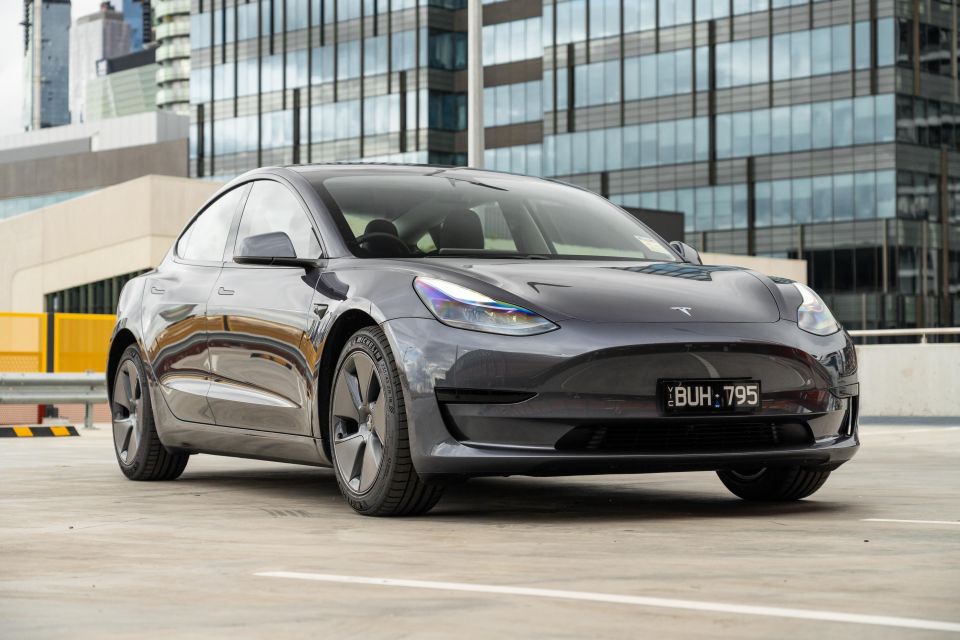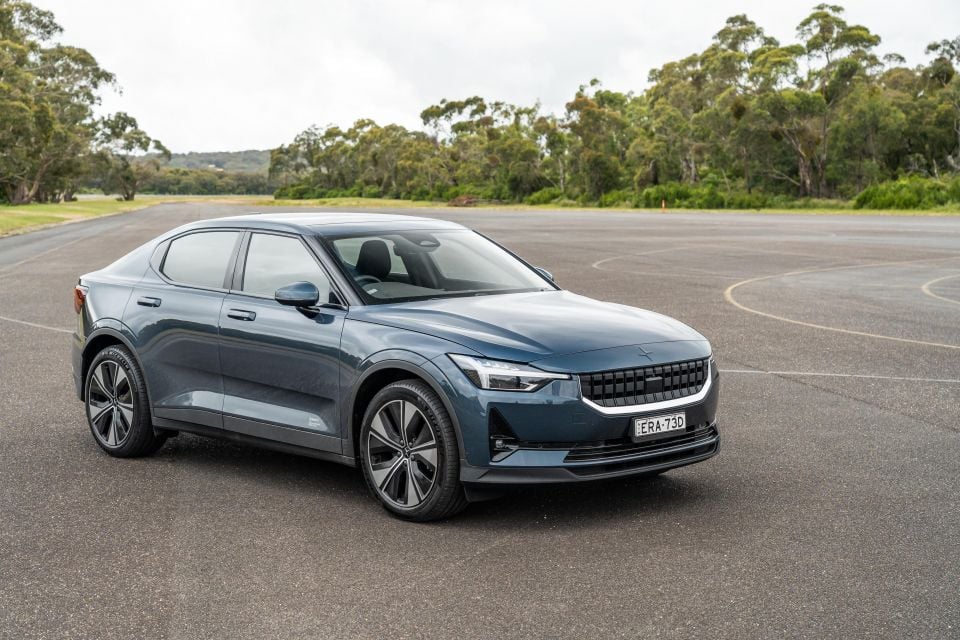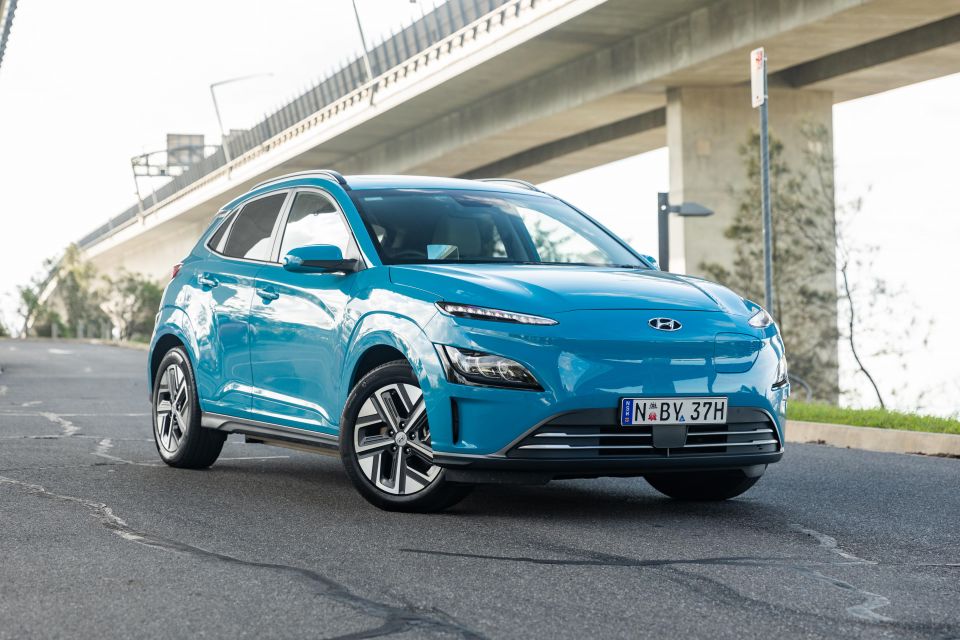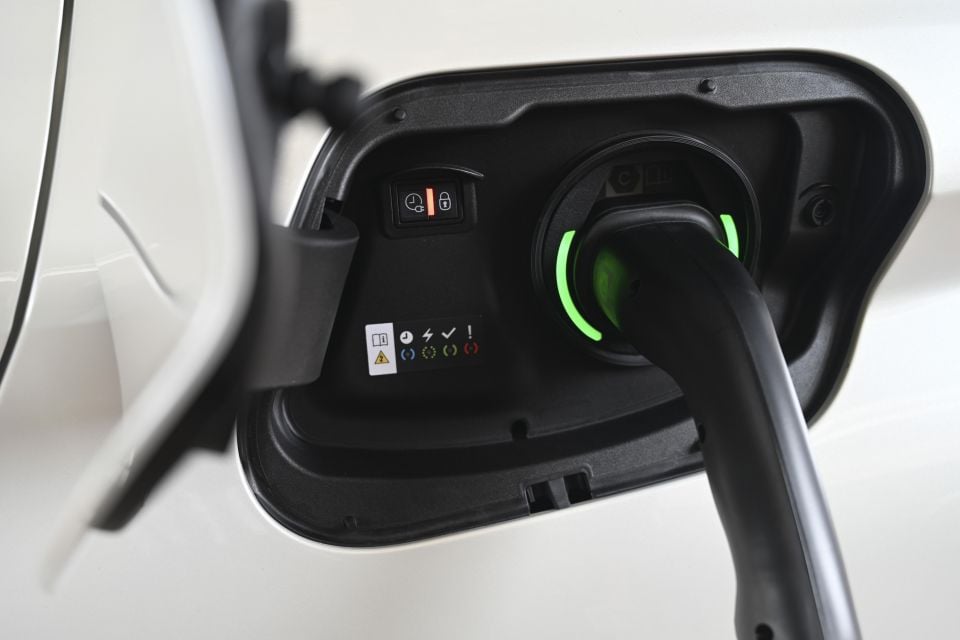

Matt Campbell
2026 Hyundai Tucson Hybrid review
8 Hours Ago
The government wants to increase EV sales by exempting them from an expensive tax. Here are some finer details to be aware of.

Senior Contributor


Senior Contributor
The Australian Taxation Office (ATO) has issued guidance on how to calculate charging costs under the federal fringe benefits tax (FBT) exemption scheme, available on many electric vehicles (EVs).
The Draft Practical Compliance Guideline was issued on March 31, with a comment period set to close on May 26.
The ATO has not given an expected completion date for the final version, but it’s the latest guide and should clarify at least a few things.
Remind me, what is the FBT exemption scheme?
FBT is tax paid on the value of benefits provided to employees outside their wages – for example a work car made available for private use, or one offered through a novated lease.
The legislation to exempt EVs and plug-in hybrids (PHEVs) from this tax, called the Electric Vehicle Discount bill, passed parliament with amendments in November last year.

It provides FBT exemption for EVs and PHEVs priced under (about) $85,000, making them cheaper to run and incentivising uptake from businesses and user-choosers.
This is designed to additionally stimulate the used market in short order, enhancing affordability further.
In a salary packaging agreement where the employer pays a car lease on the employee’s behalf pre-tax (called a novated lease) FBT is paid by the employee. Where a company car is provided to an employee, the FBT is paid by the employer.
The ATO offers a formula to calculate liabilities based on the base car price with a 20 per cent loading; adding in employee contributions to running the car, its rough proportion of private use, and how much of the financial year the vehicle was under lease.
Per major company in this space SG Fleet – a government, business and novated leasing provider – this “gross-up” value of the benefit can equate to thousands of dollars per year.

Treasury figures claim an employer could save up to $9000 in calculated FBT payments on a hypothetical $50,000 EV or PHEV provided to an employee.
For the same vehicle, individuals sponsored by their employer for a novated lease (payments made by the employer on the employee’s behalf, pre-tax) can save up to $4700 a year.
There are some stipulations. Principally, new EVs or PHEVs will not incur FBT only so long as they cost less than the luxury car tax threshold of $84,916.
Vehicles must also be designed to carry less than one tonne and fewer than nine passengers. PHEVs will also no longer be part of the scheme when purchased from April 2025.
What is this draft Guideline about?
Clarifying charging costs for tax submissions, basically. Even for vehicles exempt from FBT, it’s necessary to calculate the running costs to deduct from an employer’s FBT obligations, in order to know an employee’s reportable fringe benefit amount (RFBA).
Employers with FBT obligations, and individual taxpayers who incur work-related car expenses, have to calculate electricity costs incurred when charging at home.

This is because electricity usage for charging EVs is combined with the total consumption of the household, and often cannot be separately identified and valued.
The ATO developed a methodology to calculate the cost more easily, but kept the door open to those who wish to keep detailed records.
The choice is per vehicle and applies for the whole income or FBT year. However, it can be changed by the employer or individual from year to year.
The determined rate applying to FBT year or income year commencing on and after April 1 of 2022 is 4.2 cents per kilometre. This does not include PHEVs which use petrol.
If EV charging costs are incurred at a commercial charging station, you can use this home charging rate if you wish.
If odometer records have not been maintained, the ATO says “a reasonable estimate” may be used based on service records, logbooks or other available information.

Home charging equipment paid for by the employer as part of a package is considered a separate benefit and therefore subject to FBT as well.
For example:
An employer purchased an EV for $60,000 (including GST). It was provided to an employee for private use during the 2022-23 FBT year for 274 days, and the employee travelled 27,037km.
As the value of the EV was below the LCT threshold and was first held after June 30, the car fringe benefit was not subject to FBT.
Nevertheless its taxable value must be determined for the purpose of determining the employee’s RFBA for the 2022-23 FBT year in which the exempt benefit is provided.
Said employee home-charged the EV throughout the year, paid the electricity bills and provided the employer with the necessary declaration for the electricity costs.
The home charging electricity cost formed part of the recipient’s contribution amount, which as mentioned earlier factors into the overall ATO calculation formula.

Applying the EV home charging rate, the employee worked out the home charging electricity cost as the following:
EV charging cost = total km travelled x 4.2 cents per km. So, 27,037 x 4.2c per km = $1135.
Therefore, the taxable value for FBT purposes is:
EV base value multiplied by the statutory formula percentage flagged earlier, multiplied by the days held in the FBT year divided by 365, and finally deducting the employee contribution.
That’s $60,000, multiplied by 0.2, multiplied by 274 divided by 365, minus $1135. That equals $7873.
Under ATO rules, as the taxable value of the car fringe benefit provided to the employee exceeds $2000 in the FBT year, the employer must include the grossed-up taxable value in the employee’s RFBA.
A bit confused? Us too. As always, this is not tax advice and we encourage you to consult with an accountant or your employer’s payroll.


Matt Campbell
8 Hours Ago


Max Davies
24 Hours Ago


William Stopford
24 Hours Ago


Derek Fung
1 Day Ago


Max Davies
1 Day Ago


William Stopford
2 Days Ago